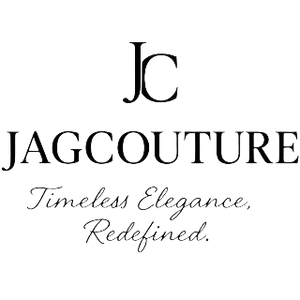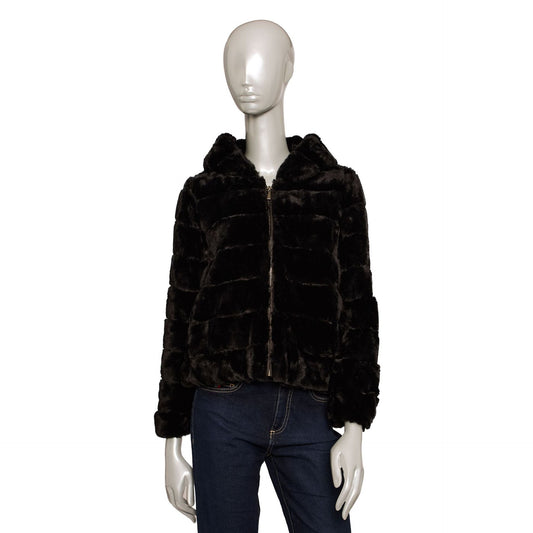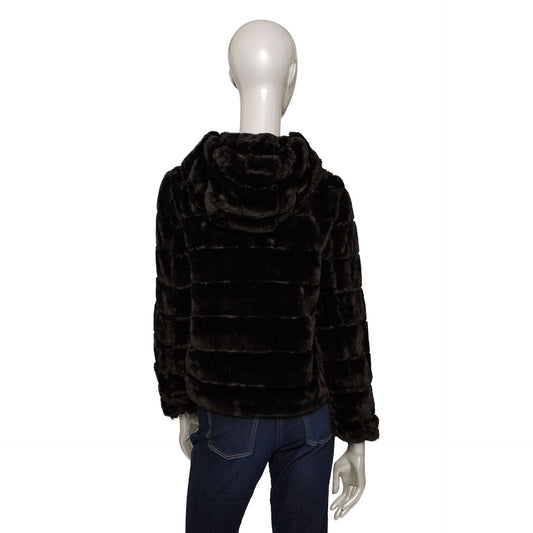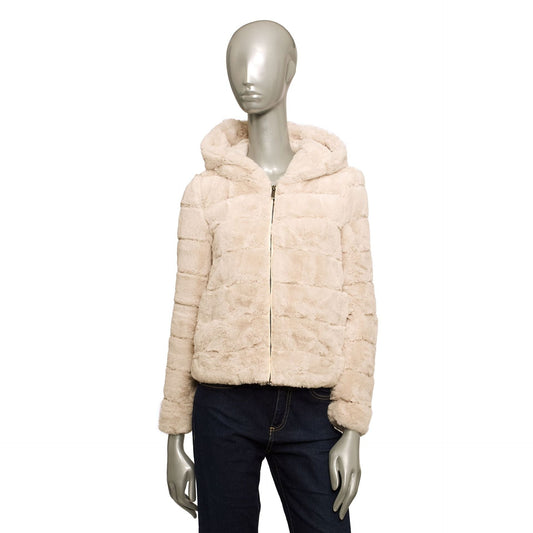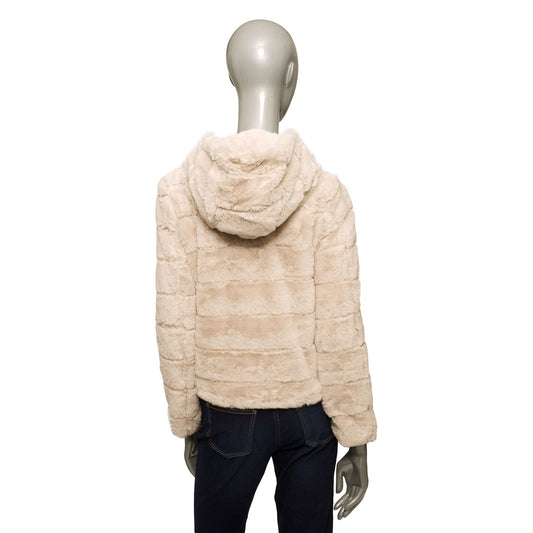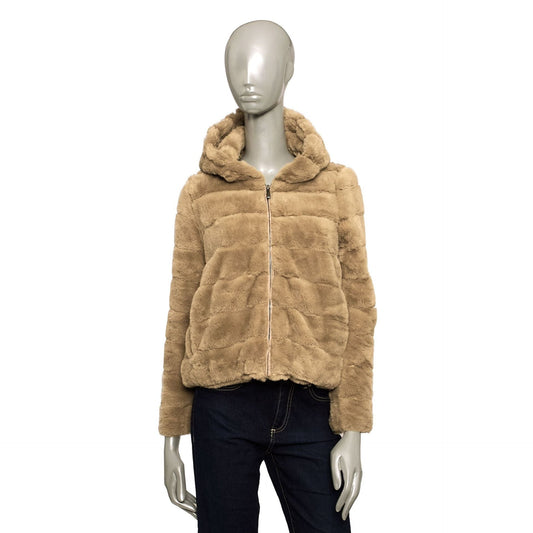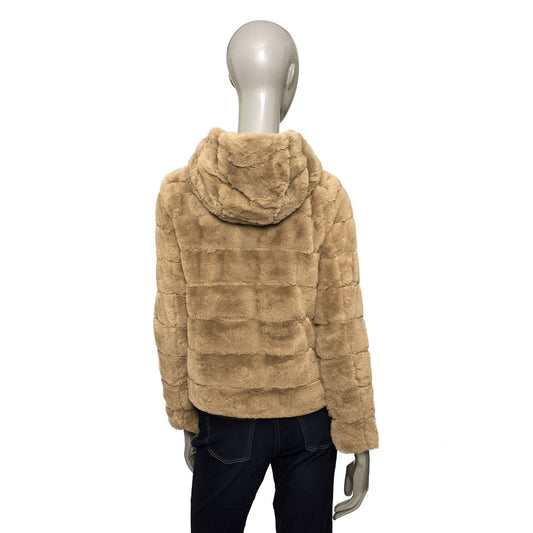Fashion trend forecasting is changing how everyone discovers what to wear next. Experts can now predict style shifts up to two years before they happen, using data from all over the world. Sounds futuristic, right? Most people think it’s just about guessing the next ‘in’ color or skirt length. Actually, it is much more scientific and complex than that. This process taps into psychology, technology, and cultural signals to spot what people will crave, often before they even realize it themselves. The way we spot trends has completely transformed, and the details will surprise you.
Table of Contents
- What Is Fashion Trend Forecasting?
- Why Fashion Trend Forecasting Matters For Consumers
- How Fashion Trend Forecasting Works
- Key Concepts In Fashion Trend Forecasting
- The Role Of Technology And Data In Fashion Trends
Quick Summary
| Takeaway | Explanation |
|---|---|
| Fashion forecasting predicts future trends. | It anticipates consumer preferences through data analysis and cultural insights. |
| Empowers consumers with informed choices. | Consumers gain strategic insights into approaching styles to enhance their wardrobes. |
| Designers use forecasts for strategic planning. | Brands rely on predictions to guide product development and marketing strategies. |
| Integrates technology for accurate insights. | Advanced algorithms analyze vast datasets to identify emerging fashion patterns. |
| Focus on sustainability and value. | Forecasting encourages consumers to make environmentally conscious and long-lasting fashion investments. |
What is Fashion Trend Forecasting?
Fashion trend forecasting represents a sophisticated analytical process that predicts future style directions, consumer preferences, and aesthetic movements within the fashion industry. Unlike simple trend watching, this strategic discipline combines data analysis, sociocultural research, and creative interpretation to anticipate what consumers will want before they even realize it.
The Core Mechanics of Trend Forecasting
At its foundation, fashion trend forecasting operates through meticulous observation and comprehensive research across multiple domains. Trend forecasters examine diverse influences including social movements, cultural shifts, technological innovations, and global economic patterns to understand emerging style preferences. They track signals from runway shows, street fashion, art movements, design innovations, and consumer behavior to construct predictive models about future fashion trajectories.
Key elements in trend forecasting include:
- Analyzing consumer psychology and demographic changes
- Monitoring global cultural and technological developments
- Studying color theory and design aesthetic transformations
- Tracking emerging consumer behaviors and lifestyle trends
Significance in the Fashion Ecosystem
Fashion trend forecasting serves as a critical strategic tool for designers, brands, and retailers. By anticipating future style directions, companies can make informed decisions about product development, inventory management, and marketing strategies. According to Business of Fashion, trend forecasting helps brands reduce financial risks by providing insights into potential consumer preferences up to two years in advance.
The process involves sophisticated methodologies that blend quantitative data with qualitative creative interpretation. Trend forecasters do not simply predict what colors or silhouettes will be popular but decode deeper cultural narratives that influence fashion choices. This nuanced approach transforms trend forecasting from a predictive exercise into a profound exploration of societal dynamics and aesthetic evolution.
Why Fashion Trend Forecasting Matters for Consumers
Fashion trend forecasting extends far beyond the design studios and boardrooms of fashion brands. For consumers, this sophisticated predictive process becomes a critical navigation tool in the complex world of personal style, offering insights that transform shopping experiences and individual fashion choices.
Empowering Personal Style Decisions
Modern consumers increasingly seek more than just clothing they want curated fashion experiences that reflect their identity and values. Trend forecasting provides individuals with strategic insights into emerging styles, helping them make informed wardrobe decisions. By understanding upcoming aesthetic directions, consumers can:
- Invest in versatile pieces that transcend seasonal fluctuations
- Align their personal style with contemporary cultural movements
- Make more sustainable and intentional fashion purchases
- Anticipate and adapt to evolving style narratives
Economic and Sustainability Implications
Beyond aesthetic considerations, trend forecasting plays a crucial role in consumer economic planning and sustainable consumption. According to Lindenwood University, emerging trend forecasting techniques are increasingly integrating sustainability metrics, helping consumers make more environmentally conscious choices. This approach allows individuals to:
- Understand long-term value of fashion investments
- Reduce impulse buying and wardrobe waste
- Recognize timeless design elements versus transient fashion moments
- Align personal consumption with broader environmental considerations
Trend forecasting democratizes fashion knowledge, transforming consumers from passive recipients of style dictates to active, informed participants in the global fashion dialogue.
 By providing transparent insights into emerging design philosophies, color palettes, and cultural influences, this process empowers individuals to craft authentic, meaningful personal style narratives that extend well beyond temporary fashion trends.
By providing transparent insights into emerging design philosophies, color palettes, and cultural influences, this process empowers individuals to craft authentic, meaningful personal style narratives that extend well beyond temporary fashion trends.
How Fashion Trend Forecasting Works
Fashion trend forecasting is a complex, multidimensional process that combines scientific methodology with creative intuition. Far from being a mystical art, it involves systematic research, data analysis, and strategic interpretation of cultural signals that indicate potential future fashion directions.
Data Collection and Research Methodology
Trend forecasters operate like cultural anthropologists, collecting information from an extraordinarily diverse range of sources. Their research spans multiple domains, including social media, street style, art exhibitions, technological innovations, and global sociopolitical movements. By creating comprehensive intelligence networks, these professionals track subtle shifts in consumer behavior, design aesthetics, and cultural sentiment.
This table summarizes the core research methodologies used by fashion trend forecasters and explains the purpose each method serves in identifying emerging trends.
| Research Methodology | Purpose/Explanation |
|---|---|
| Ethnographic Observation | Understands consumer behaviors and cultural practices firsthand |
| Digital Sentiment Analysis | Measures opinions and emotions across digital platforms |
| Monitoring Art & Architecture | Identifies design movements influencing fashion aesthetics |
| Social Media Monitoring | Tracks real-time trend emergence and influencer impact |
| Global Economic Tracking | Analyzes financial and social shifts affecting consumer choices |
Key research approaches include:
- Ethnographic observation of consumer behaviors
- Digital sentiment analysis across social platforms
- Tracking emerging design movements in art and architecture
- Monitoring global economic and technological developments
Predictive Modeling and Analysis
The collected data undergoes rigorous analysis using advanced techniques that blend quantitative research with qualitative interpretation. According to ACM Digital Library, modern trend forecasting increasingly employs artificial intelligence and machine learning algorithms to process complex datasets and identify emerging patterns.
Forecasters develop predictive models by:
- Analyzing color psychology and aesthetic preferences
- Mapping interconnections between cultural movements and fashion
- Creating visual mood boards and conceptual frameworks
- Developing scenario planning for potential fashion trajectories
This sophisticated approach transforms trend forecasting from speculative guesswork into a strategic, data-driven discipline that offers profound insights into the complex relationship between culture, consumer behavior, and fashion design.
Key Concepts in Fashion Trend Forecasting
Fashion trend forecasting represents a sophisticated intersection of creative intuition and analytical methodology. Understanding its fundamental concepts is crucial for comprehending how aesthetic predictions transform from abstract observations into strategic insights that drive global fashion narratives.
Core Analytical Frameworks
Trend forecasting operates through intricate conceptual frameworks that decode the complex language of cultural evolution. These frameworks are not merely predictive tools but sophisticated interpretative systems that translate societal signals into actionable design intelligence. Semiotics plays a critical role, where forecasters decode visual and cultural signs to understand deeper meaning beyond surface aesthetic trends.
Fundamental conceptual elements include:
- Cultural signal interpretation
- Aesthetic pattern recognition
- Sociological contextual analysis
- Cross-disciplinary research integration
Technological and Methodological Innovations
Modern trend forecasting has dramatically evolved with technological advancements.
According to ArXiv Research, computational approaches now leverage machine learning and natural language processing to analyze massive datasets of social media sentiment, providing unprecedented insights into emerging fashion trends.
Key technological innovations encompass:
- Artificial intelligence driven predictive modeling
- Sentiment analysis across digital platforms
- Machine learning trend detection algorithms
- Computational pattern recognition techniques
These sophisticated methodologies transform trend forecasting from speculative prediction to a data-driven, scientifically grounded discipline. By integrating complex computational techniques with nuanced cultural understanding, trend forecasters create a powerful lens through which future aesthetic directions can be anticipated and understood.

The Role of Technology and Data in Fashion Trends
Technology and data have revolutionized fashion trend forecasting, transforming it from an intuitive art into a precise, scientifically driven discipline. By leveraging advanced computational techniques, fashion professionals can now predict aesthetic movements with unprecedented accuracy and depth.
Advanced Analytical Frameworks
Digital technologies have fundamentally reshaped how trend intelligence is gathered and analyzed. Machine learning algorithms and artificial intelligence now process massive datasets from social media, online shopping platforms, and digital consumer interactions, providing nuanced insights into emerging style preferences. These sophisticated systems can identify subtle pattern shifts that human observers might easily miss.
Key technological capabilities include:
- Real-time trend tracking across global digital platforms
- Sentiment analysis of consumer conversations
- Predictive modeling of aesthetic transformations
- Comprehensive visual pattern recognition
Data-Driven Predictive Models
Modern trend forecasting transcends traditional research methods by integrating complex computational techniques. According to ACM Digital Library, emerging knowledge-based systems now utilize advanced Bayesian networks to analyze fashion keywords and images, enabling more precise predictions about color trends and design directions.
Critical data sources for trend analysis encompass:
-
Social media engagement metrics
-
Global e-commerce purchasing behaviors
-
Digital platform user interactions
-
Influencer content performance analytics
These technological innovations represent more than mere tools they are transformative mechanisms that decode the intricate language of fashion trends, converting vast amounts of digital information into strategic insights that guide design, production, and consumer experience.
The following table compares the key components of traditional and technology-driven fashion trend forecasting, highlighting how the evolution of methodology influences trend prediction accuracy and scope.
| Component | Traditional Forecasting | Technology-Driven Forecasting |
|---|---|---|
| Data Sources | Runway shows, street style, magazines | Social media, e-commerce data, AI analytics |
| Analysis Approach | Manual observation, expert intuition | Machine learning, sentiment analysis |
| Prediction Timeframe | 12-18 months in advance | Up to 2 years or more |
| Scope of Insights | Limited to fashion industry events | Global, cross-industry, real-time |
| Level of Personalization | Generalized trends | Highly tailored, micro-interactions |
Transform Trend Insights Into Your Signature Look
Feeling overwhelmed by fast-changing trends and unsure how to use fashion forecasting to define your personal style? The article explained that understanding trend forecasting empowers you to anticipate evolving looks, invest in versatile pieces, and make sustainable choices. But translating predictions into a wardrobe that fits your life can be challenging, especially when options feel endless and timing your purchases is a guessing game.

At Jag Couture London, you are never left behind. Our curated collections are inspired by the latest insights in fashion trend forecasting for 2025, offering you exclusive access to new arrivals and featured edits that reflect tomorrow’s styles. Visit our website now to shop what is trending before it reaches everyone else. Experience a shopping journey designed for women who want to stay ahead and express their individuality with confidence. Find your next statement look today and see how easy it is to turn trend intelligence into your ideal wardrobe.
Frequently Asked Questions
What is fashion trend forecasting?
Fashion trend forecasting is the analytical process of predicting future style directions, consumer preferences, and aesthetic movements in the fashion industry.
How do trend forecasters collect data for their predictions?
Trend forecasters gather data through various methodologies, including ethnographic observation, digital sentiment analysis, and monitoring global cultural and economic developments.
Why is fashion trend forecasting important for consumers?
It helps consumers make informed wardrobe choices, align their personal style with emerging trends, and make sustainable fashion purchases.
What role does technology play in fashion trend forecasting?
Technology significantly enhances forecasting accuracy through advanced analytical frameworks like machine learning and AI, which process vast datasets to identify emerging fashion trends.
